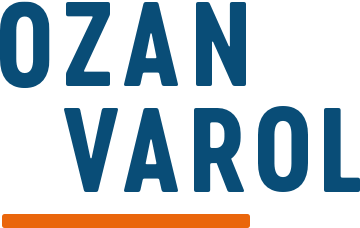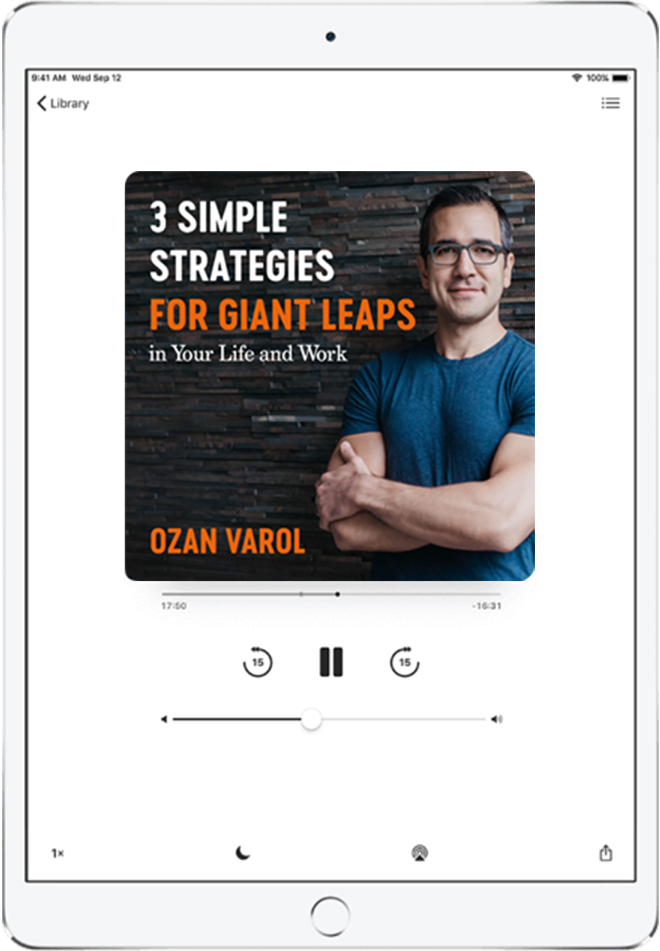You know the feeling.
You’re sitting at your desk as the clock ticks toward 5 pm. There’s a half-drunk, lukewarm coffee on your desk and a blinking cursor on the computer screen in front of you.
As you get ready to pack your bag and head home, you think to yourself: What did I actually get done today?
But the answer eludes you.
You sent some emails. You attended some meetings. You shuffled some slides around in a PowerPoint deck. You had lunch with a colleague. You made some phone calls. But there’s little trace of tangible achievement.
You go home, only to return the next day to rinse and repeat, ending the day with the same nagging feeling of, I’m not sure what I accomplished today.
This is the plight of the modern knowledge worker. It stems in part from a false expectation—that the output of a knowledge worker should resemble that of a manual worker.
If you’re a manual worker on an assembly line, you’re producing tangible goods. Your outputs are the steel rods, the appliances, the widgets you help assemble. If you’re a house cleaner, your outputs are the houses you clean each day. If you’re an Uber driver, your outputs are the rides you give each day.
In manual work, input translates to output, often in a nice linear line.
But knowledge work doesn’t function this way. The output of the knowledge worker is far less tangible. Knowledge workers assemble decisions. They sell influence. They make change happen.
What’s more, there’s often a long lag between the input of a knowledge worker and the output. They may work for days, weeks, months—and even years—without seeing anything concrete.
Despite these fundamental differences, we try to fit the square peg (the knowledge worker) into the round hole (the manual worker). We’re living in the Information Age, but our mentality is still stuck in the Industrial Age. Businesses treat knowledge workers like manual workers on assembly lines, mistakenly believing that innovation will magically happen if employees repeatedly perform the same routine tasks.
For their part, many knowledge workers view their work in manual terms by attempting to quantify their outputs. Writers set daily word goals. Lawyers count billable hours in six-minute increments. Computer programmers count lines of code. Social media influencers count likes and retweets as evidence of tangible achievement. We track what’s easy to track—not what’s important—and falsely assume that if we hit these metrics, we accomplished something valuable.
This mentality often robs the joy from what we do. Consider writing. Any good writer knows that creativity requires connecting the dots, and connecting the dots, in turn, requires collecting them. As a result, much of my time as a writer is spent reading, researching, and thinking. What’s more, I need to let my subconscious consolidate what I read and make associations. This means, from time to time, I need to stare at a wall and do nothing.
None of this feels productive, even though it is: My most original insights arrive during times of slack, not hard labor. But when I judge my output by the amount of words I moved down the assembly line, I don’t feel like I accomplished anything and feel lousy as a result.
The remedy is threefold.
First, we should stop viewing knowledge work in the same vein as manual work. This doesn’t mean you slack off or procrastinate. Rather, it means you realize that you may have accomplished something at the end of each day even if you have nothing concrete to show for your work.
Second, as Debbie Millman says, “expect anything worthwhile to take a long time.” The amateur focuses on outcomes and expects immediate, concrete results to materialize. The professional plays the long game and prioritizes the process, perfecting it for years with no immediate payoff.
Third, resist the tendency to view your personal success in terms of arbitrary metrics. Instead, simply ask yourself, Did I contribute today?
As Rosamund and Benjamin Zander explain in their terrific book, The Art of Possibility, “unlike success and failure, contribution has no other side. It is not arrived by comparison.”
Did you advance the conversation? Did you gather raw materials for a project? Did you help a colleague or a client?
If the answer is yes, you’ve accomplished something—even if it doesn’t feel like it.



